
In her first vlog post, Sabine Gromer talks about Quiet Leadership. She debunks the myth that a good leader has to be a loud leader who is always present.


In her first vlog post, Sabine Gromer talks about Quiet Leadership. She debunks the myth that a good leader has to be a loud leader who is always present.
Shortened Version


„Some years ago, I was lucky enough to be invited to a gathering of great and good people: artists and scientists, writers and discoverers of things. And I felt that at any moment they would realise that I didn’t qualify to be there, among these people who had really done things.
On my second or third night there, I was standing at the back of the hall, while a musical entertainment happened, and I started talking to a very nice, polite, elderly gentleman about several things, including our shared first name. And then he pointed to the hall of people, and said words to the effect of, ‘I just look at all these people, and I think, what the heck am I doing here? They’ve made amazing things. I just went where I was sent.’
And I said, ‘Yes. But you were the first man on the moon. I think that counts for something.’
And I felt a bit better. Because if Neil Armstrong felt like an imposter, maybe everyone did. Maybe there weren’t any grown-ups, only people who had worked hard and also got lucky and were slightly out of their depth, all of us doing the best job we could, which is all we can really hope for.“
To preface this article, we have to make a clear distinction between Imposter Syndrome and feelings of Imposterism. Although leadership language and articles often refer to ‘Imposter Syndrome’, this language is not precisely correct. What is often referred to as Imposter Syndrome is instead Feelings of Imposterism (FOI). Let us be clear:
Imposter Syndrome is a serious, psychological condition that is best handled by professional psychologists. Those with Imposter Syndrome suffer through chronic feelings of intellectual fraudulence that override any feelings of success or external proof of confidence (Gill Corkindale, 2008). It is also by no means uncommon, especially among the academic and business elite. It is estimated that between 25-30% of high-achieving individuals may suffer from Imposter Syndrome. If, after reading this article, you believe you might be suffering from Imposter Syndrome and not feelings of Imposterism – please seek professional help.
In a milder form, Feelings of Imposterism (FOI) on the other hand are much more common. A study conducted in 2011 found that almost 70% of all adults experience feelings of Imposterism at some point during their life (Sakulku & Alexander, 2011). So, it should not come as a surprise that many of our clients at MagnoliaTree – all of whom are senior executives and decision makers of strategy – suffer from this struggle to internalize success. What is surprising however, is how few of our clients know about FOI, its effects, and how to overcome it. This piece will focus heavily on the latter condition: temporary FOI associated with taking on new roles, transitioning to a new company, or during a period of crisis.

While many of the initial studies into imposter syndrome examined primarily women, contemporary research has revealed that imposter syndrome affects men and women equally and is likely associated with perfectionism. Recent studies suggest that between 25-30% of high achievers may suffer from imposter syndrome and around 70% of adults may experience Imposterism at least once in their lifetime. (Sakulku & Alexander, 2011) That is to say, FOI is by no means rare, and you should not feel alone or isolated by the experience.

FOI is especially prevalent as we take on new roles, or challenges. This is especially true during the current global pandemic, where many of us have had to transition into radically new work structures. In the words of Kets de Vries (2005), “To some extent, of course, we are all imposters. We play roles on the stage of life, presenting a public self that differs from the private self we share with intimates and morphing both selves as circumstances demand. Displaying a façade is part and parcel of the human condition.” Imposterism is a natural part of life and it should be treated as such. The feelings of inadequacy we face in new roles, or facing new challenges, can be overwhelming but are also often temporary. Fortunately, there are many proven methods of dealing with Imposterism revealed by psychologists and experienced professionals exploring Imposter Syndrome.
The psychological consequences of Imposter Syndrome can be severe. Although Imposter Syndrome is not an official psychological diagnosis in the Diagnostic and Statistical Manual of Mental Disorders (DSM), it is often associated with anxiety, depression, and perfectionism.
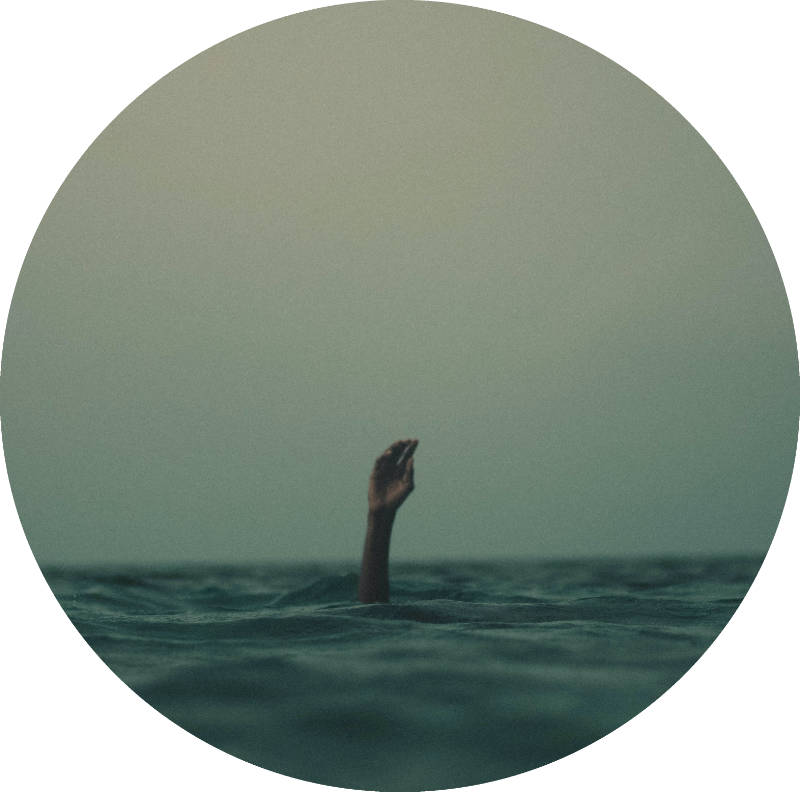
Both Imposter Syndrome and Imposterism can also have significant motivational and performance consequences in the workplace. FOI sufferers internalize failure a lot more than positive feedback. They undervalue wins, while overvaluing failures. FOI can lead to a vicious cycle of perfectionism, wherein the subject strives for perfection and as a result drags out deadlines. These delays raise concerns amongst leadership, which is then internalized by the sufferer finds themself facing greater self-doubt which in turn fuels even higher levels of perfectionism leading to a downward spiral.
Here is a compiled list of methods by which you can resolve FOI:

For people leaders in the workplace, here are additional opportunities to institute organization wide programs to deal with FOI:


“It was the best of times, it was the worst of times, it was the age of wisdom, it was the age of foolishness, it was the epoch of belief, it was the epoch of incredulity, it was the season of light, it was the season of darkness, it was the spring of hope, it was the winter of despair.”
― Charles Dickens, A Tale of Two Cities
The german Rauhnächte have their origin in pre-Christian times and traditionally, they last 12 nights. Usually, these whimsical days are taking place in the period between Christmas and Epiphany. In some regions, they begin at the winter solstice and end with the new year. They are deeply mystical and dominated by ancient superstitions. But you don’t have to be spiritual to make these days work for you. For me, these days are a time to recharge, reflect on the past, connect and focus on the new year.I’d like to share three useful rituals with you.

“Leadership is the capacity to translate vision into reality.”
― Warren Bennis
We wish you every success in doing so and, above all, a Happy New Year.
A vision board is a collage of images, pictures, and affirmations of your dreams and desires to serve as a source of inspiration and motivation. But above all, it is an incredibly powerful tool for achieving one’s goals. Sabine Gromer, founder of MagnoliaTree, has been making annual vision boards for ten years now and says: “I am amazed at how powerful it is in manifesting goals. Almost everything I’ve included in my collages has come true, albeit sometimes in unexpected ways.”
Focus for the New Year

Divide the vision board, if you want, into nine areas. Define your 3 most important goals for the year in each area.
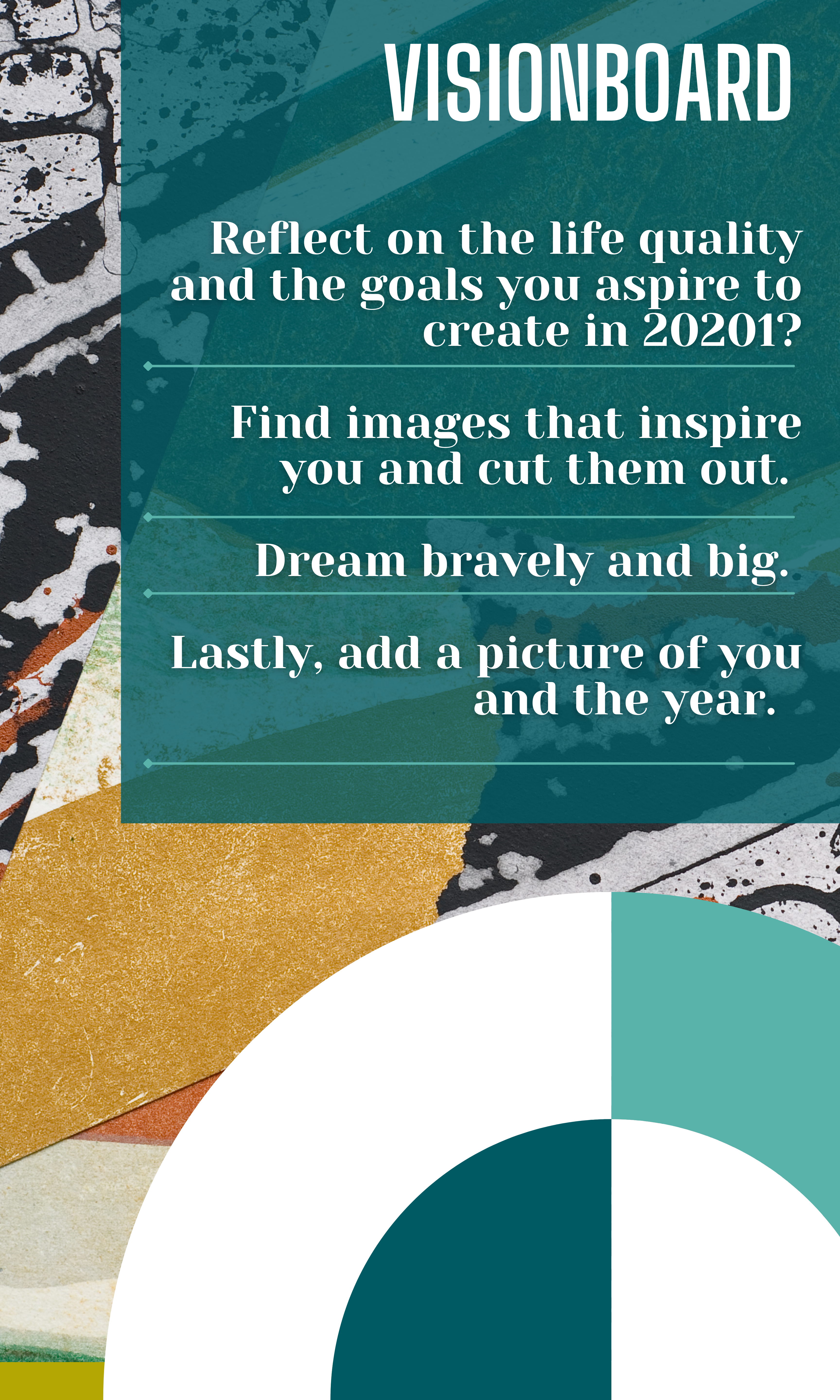
Hang the finished vision board in a place where it is easily and regularly visible. Leave it there all year. At the end of the year, reflect. What has changed? What desires and qualities have you been able to fulfill and live? Finally, give thanks for all you have achieved.
Make a mental movie. Why? Dr. Srini Pillay demonstrates that there is undeniable evidence that imagining motion stimulates areas in the brain that coincide with said motion. This technique has been successfully used by both stroke patients and top athletes to stimulate muscle control.
Your imagination functions as the brain’s “warm up” routine. It can help to “jump-start” your brain. This technique can be especially helpful if you find yourself procrastinating or facing mental blocks. A mental movie is an incredible motivator and a useful map for the brain. It helps you find your way to achieving and exceeding your goals.

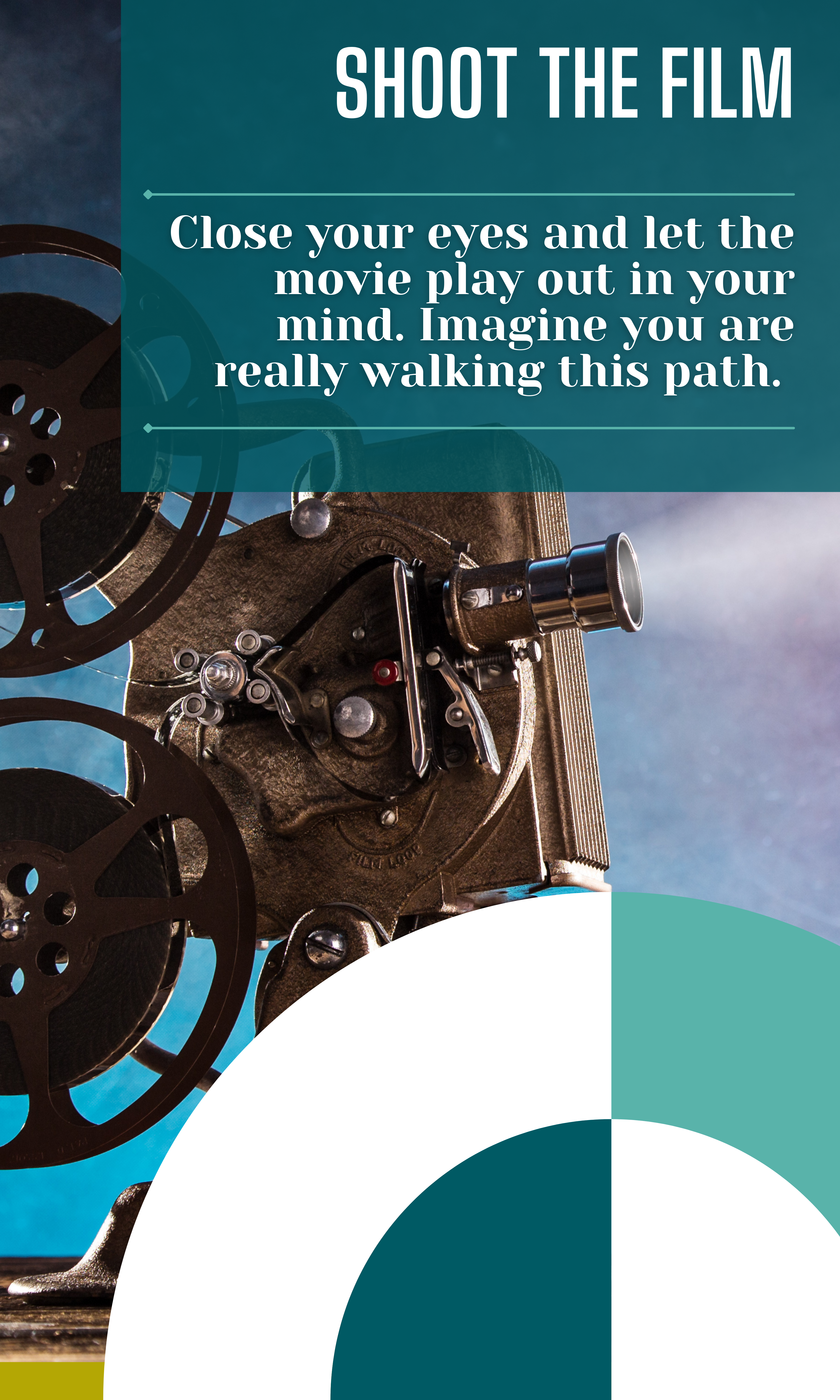
The holidays before the end of the year are an ideal time to do some simple but powerful reflection and refocusing. Take some time, grab a notebook, and work through the following sets of questions covering 4 areas of your life: Values, Achievements, Learning and Relationships.

Our values and our actions are often two sides of the same coin. Work towards an awareness of what is important to you and reflect on how you are spending your time in relation to those ideals.
Questions about the outgoing year:
What values did I live?
Did I have to bend them?
What will I never bend to do?
Questions about the coming year:
What are my true core values?
How can I live them more?
How much am I willing to give (up?) to live them?

Your accomplishments are the most tangible evidence of your progress. This is especially true in a professional context. What did you accomplish this year? What didn’t you accomplish? What do you want to accomplish?
Questions about the outgoing year:
What did I accomplish this year?
How satisfied am I with it?
Why am I satisfied or not satisfied with it?
Now do the Preliminary exercise – Alignment I as in the section on the vision board.

Everything in nature grows or dies – growth is the essence of our life. Even more so, growth gives us purpose. We grow and develop constantly, whether we are aware of it, or not. Why not give yourself deliberate learning goals for the new year?
Questions about the outgoing year:
What did I learn about myself?
How satisfied/dissatisfied am I with it?
How can I use what I have learned?
Questions about the coming year:
What do I need to learn in the coming year to achieve my goals?
Who or what can support me in this?
What does my learning plan look like?

Your relationships – both personal and professional – have a huge impact on your well-being and ultimately what you can achieve. This is what Positive Psychology posits. And we find it to be true. Did you nurture your relationships with those that you care about? Did you form new relationships?
Questions about the outgoing year:
Who took up most of my time this year?
Why?
How do I feel about this when I see who I prioritized?
Questions about the coming year:
Who are the top five people I want to spend the most time with?
Who of these people do I want to prioritize?
Which relationships do I want to let rest?
shortened version

The pandemic has taught us a lot. For one thing, it refutes the old wives’ tale that home office employees don’t do anything. On the other hand, we firms have begun to see teleworking as an enticing, cost-effective alternative to expensive office spaces.
Win:Win, right?
But no, it’s not. After 9 months of pandemic, many managers are still not fully aware of the risks associated with the quick, so-called switch, to home-offices. We don’t yet know the actual long-term effects of a change from in-office to home-offices. We don’t know yet whether employees will be able to continue to work productively and efficiently once the shock of the pandemic has subsided.
We don’t know.
To believe that after a few months of operation outside the usual office structures, we understand everything there is to know for successful restructuring is an act of sheer hubris that is nonetheless tripping up many entrepreneurs. MagnoliaTree has spent years dealing with digital management. We know that it takes much more than equipping employees with ergonomic office furniture and eye-saving monitors. The real key words are communication, structure, culture, and performance. But more about that later.

The Gallup Institute has asked remote workers about their preferences on how to conduct business after the pandemic: 49% of all respondents would still prefer to work from home. In many companies known to us, the verdict is even clearer: over 90% of the workforce would like to work from home permanently. At this point, entrepreneurs and strategy decision-makers should reflect on why the majority of employees do not want to be physically present in the company. Is it really only because they want to save themselves a long commute and thus money and time; or because of a bad working climate; the working conditions, the management and/or the prevailing structures?
In short: is there a problem with the atmosphere at your office?

The pandemic may have shown entrepreneurs that teleworking is an effective contingency plan to ensure productivity, business continuity and job retention. But it has not taught us how to actually make the transition successful in the long run. Virtual work requires a shared responsibility and commitment from both employer and employee. This may work after a test phase of several months in companies with well thought-out and well-oiled structures, but companies with potential for improvement in terms of working conditions and leadership qualities should intensively address the improvement of entrenched deficiencies before implementing such a demanding model as teleworking. Our tip: Before you get carried away with a complete switch to virtual working, consider a model with voluntary rather than mandatory remote working. Offer employees who would like to work from home an opportunity to do so, but don’t force them to move out of familiar office structures. After all, the second half of the respondents mentioned at the beginning of the survey prefer to work in a classic office setting.
All, however, you create structures that minimize already known risks of remote working and that engage and motivate your employees. Grant your employees a say in shaping a new way of working together, because there is not a single sustainably successful corporate change that has not relied on participative co-creation. Because success in remote working spaces begins where we succeed in creating a connecting virtual community across physical borders.
Women at the top are rare. This is not a new insight. In fact, it has already been highlighted from a variety of angles. In 2015, the New York Times published an analysis revealing fewer women on executive boards than men named John. Though this article is already a few years old, not much has changed.
In this article we focus on Stereotype Threat as a constant companion to women on their way to the top, and how it unconsciously shapes their self-image and behavior.
Researchers have shown that women usually go through three phases in the course of their careers:

“I am not affected by discrimination. If I fail, it is my fault alone.”
“I am affected by discrimination. No matter how hard I try, I will never be equally valued.”
“We are affected by discrimination, but we fight against it and do not let it stop us from going our own ways.”

“Stereotype Threats refer to the risk of an individual being perceived and judged based on their membership to a social identity group rather than their actual performance and potential.”
We women are very familiar with stereotypes, such as: “Women can’t calculate, women lack spatial perception, can’t park, and don’t have any technical understanding…”
The list goes on endlessly. The fact is — women are too often judged based on their gender and not on their actual performance and potential. When women perform well, there’s an unspoken “not bad … for a woman.”
The Stereotype Threat often, but not always (see below), harms women’s performance. Suppose a woman or girl is faced with a challenge to which a negative female stereotype applies (e.g., mathematics exams). In that case, this woman or girl will demonstrably be agitated, resulting in fewer cognitive resources available to perform the given task. Despite this handicap, some women still make it to the top.
As women it is incredibly important to understand the 3 phases we go through in our professional careers due to Stereotype Threat. Only if we are aware of what Stereotype Threat is and how it is impacting us daily in our work life will we hold the power to protect ourselves from incriminating internalization. With this knowledge, however, we are also given the clear and important responsibility of addressing diversity and inclusion issues. Above all, we must educate young women about the dynamics that determine their career paths, and we must support each other. We strongly recommend that women who believe that they live completely equal lives take the Implicit Bias Test of Harvard University, to test their own unconscious biases. (But you may pour yourself a glass of wine in the process to help you.) We also believe that this knowledge holds the power to initiate and promote a discourse across the invisible wall between feminists and nonfeminists. Only then will changes be possible in the long term and with a broad impact.
Excerpt of Sabine Gromer’s Thesis at the Columbia University for Change Leadership

According to a BCG study from 2017 the change management industry has been growing at a pace of 5% yearly with a worldwide spending of $10 billion a year on change management consultancy (Intelligence, 2016). Yet, still evidence in this study suggests that 50% of change programs fail to achieve their objectives and for more complex change efforts the failure rate rises to 75%. What’s more: despite extensive research in the field, these failure rates have virtually remained unchanged (Tollman, et al., 2017).
As part of my final thesis, I looked into the question of why there are such high failure rates.
Unlike the experience in the Analytical Functions, Change Efforts were embraced in the COO a lot faster and changes could be seen quicker. For them the change we had to bring, even the most basic communication efforts around it, was met with much appetite for change and accelerated speed of adoption. This was, I believe, fundamentally driven by a vision of a betterment of their situation.
A question I quickly came across: Could launching change efforts in parts of organizations with less privilege and power lead to more successful change effort implementations and thereby

It is my belief this different approach could be more successful than the traditional one. It combines a number of different elements in change theory: the systems view, power & influence, homeostasis while still leveraging our knowledge in ideal change process.
That said I believe there are three conditions that need to be met for this to be successful:


Homeostasis is the tendency of an organism or system to maintain a balanced and constant internal state.
That can be compared well with a mobile, which will always come back to the original state, no matter how strong the influence from outside is.

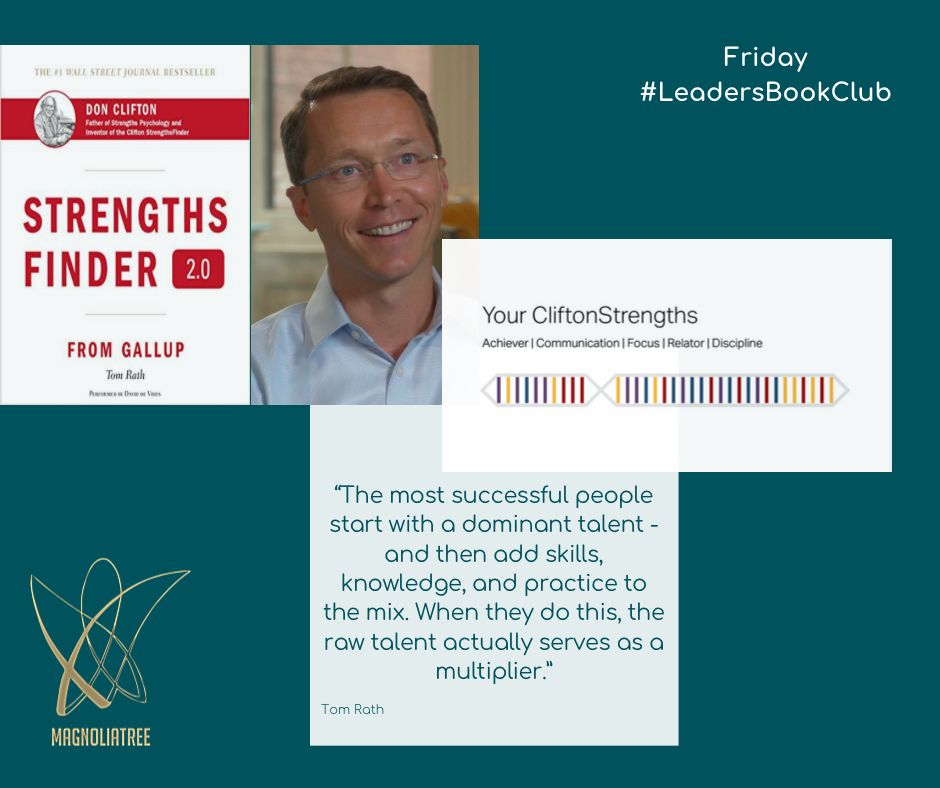
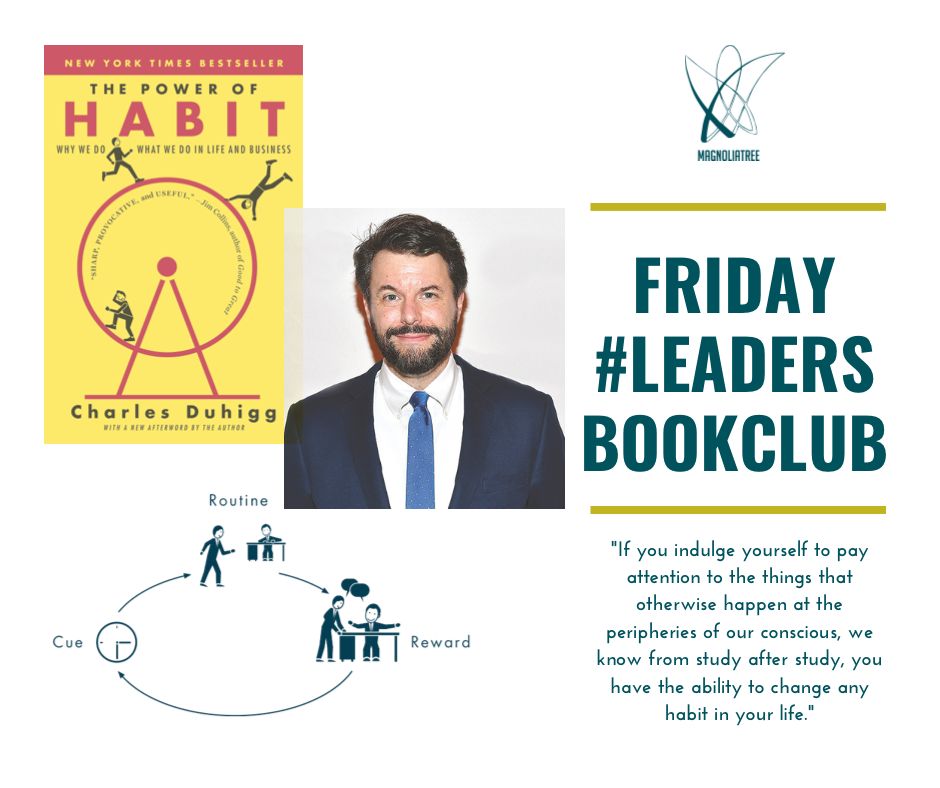
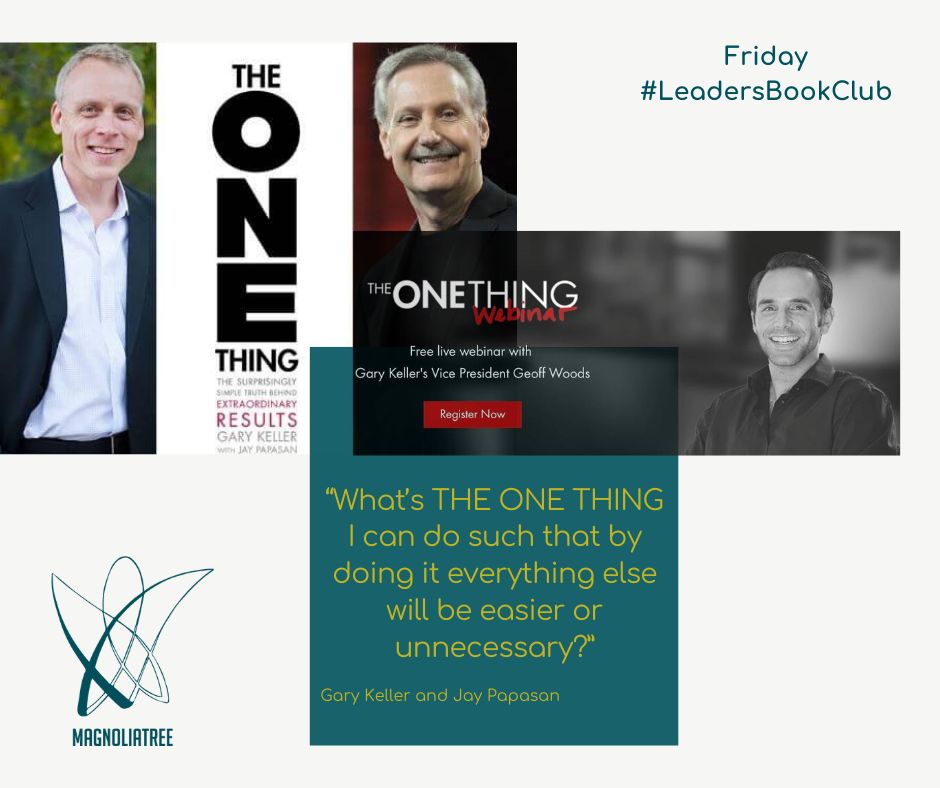




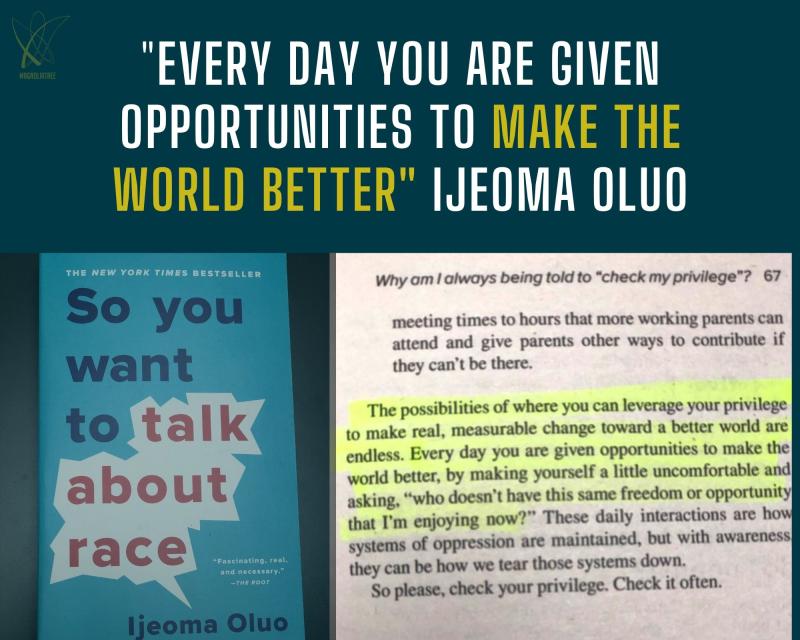






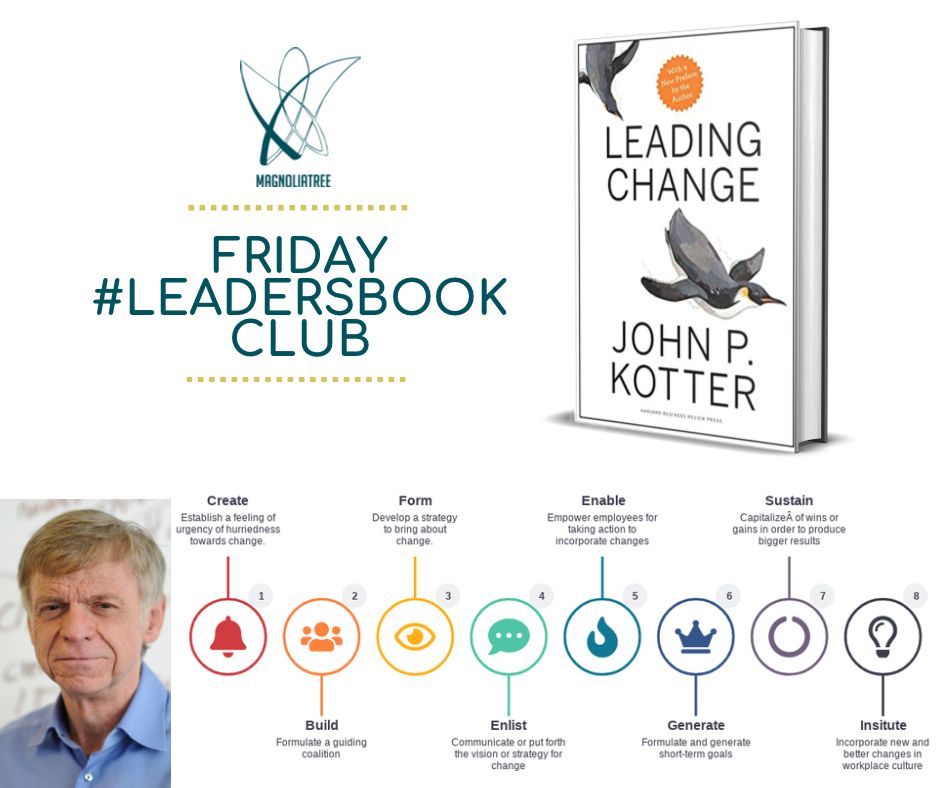
Many people do not like changes or approach them only half-heartedly. They like what they know, they are reluctant to leave the comfort zone, even if it is not at all comfortable.
Lewin describes two forces, driving forces or forces toward and forces away from or restraining forces. He posists that in order to allow successful change efforts to happen, the most important forces to tackle, or better said to remove, are restraining forces (Lewin, 1947).

… is the stable state or state of origin of a system. In systems theory describes the desire of a system to employ (strong) sorces to get back to this state which makes sustainable change more difficult to achieve.
Quelle: O’Toole (1996), “Leading Change.”, New York: Random House
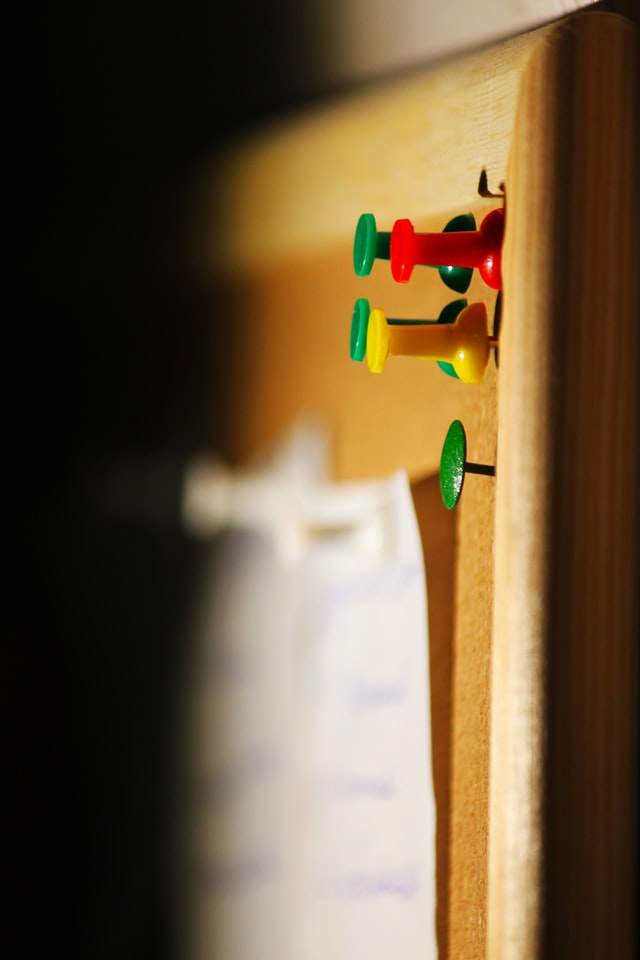
An organization can survive for years without a leader, but not more than three months without a manager.
We often speak about leadership but really mean management. In fact, most leadership development programs should more accurately be called management development. We overemphasize and over-glorify leadership and forget that managers are essential in any organization as they keep quality in check, enable processes, grow and teach colleagues.
Having said that, the more senior you become in your organization, the more you should train leadership muscles (and, yes, we believe you can train it!). The split in your daily activities should shift towards leadership. If you like to take a simple self-assessment on where you are today, just use this document:
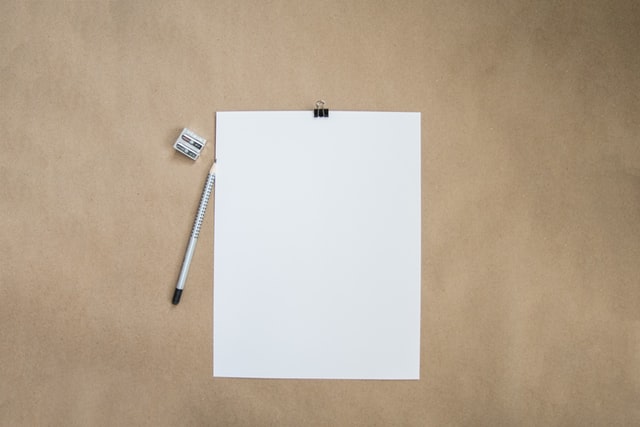
The lines are blurry at times and there is not a right or wrong way. You might find though that you could shift more towards leadership activities.
This is adopted from: https://lnkd.in/e9_Cbnw We strongly recommend this article.
by Augustine Pasin (editet by Sabine Gromer)
For three years, I lived in a ghost town in the Songjiang District of Shanghai modelled after Victorian England called Thames Town. Now for the segue. Here are the three things Thames Town taught me about leadership.
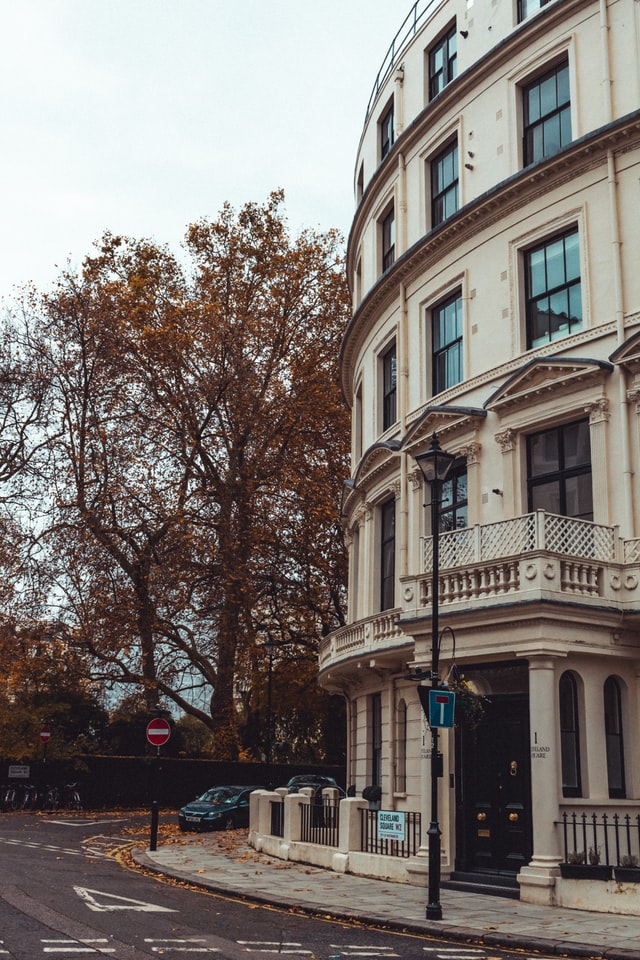
Thames Town is a ghost town for a reason. It is virtually uninhabitable. What might first appear as authentic recreations of Victorian town-homes are, in fact, shallow facades built with cheap mortar, concrete and paint. The few buildings are functioning are home to British staples such as McDonalds, a Familymart (a Japanese chain of mini-marts), and a very out-of-place Baskin-Robbins (a classic American ice-cream shop now owned by Dunkin’ Donuts).
Many leaders have built similar facades, hiding their personality behind a recreation of perceived leadership qualities. They are who they think they HAVE TO be. But much like the copied Thames Town, we can see through the illusion quickly. Whenever you fake something, it comes with a huge price tag on your own mental health and leads to a distrusting and disengaged workforce. Rather than pretending to be something you are not (and spend 5 billion yuan in the process), play to your strengths.
Thames Town is a shameless attempt to attract domestic tourism by copying classic British architectural styling, and some part of me respects the architects for their brazenness, but Thames Town is the living embodiment of copying off of your classmate’s exam. Then somehow still failing the exam.
There is nothing wrong with borrowing ideas, styling, or structure from those who have found success in their art. However, rarely does the exact same formula work twice (with the exception perhaps of pop music). When creating a business, a work of art, or an academic essay, it is important to adapt your strategy to fit your own goals, your audience, and whatever relevant variables apply to your format. No one can implement your ideas in the way you can! It is the uniqueness of one’s leadership that is inspiring to others. Adopt models, surveys, leadership styles but make them YOUR OWN.
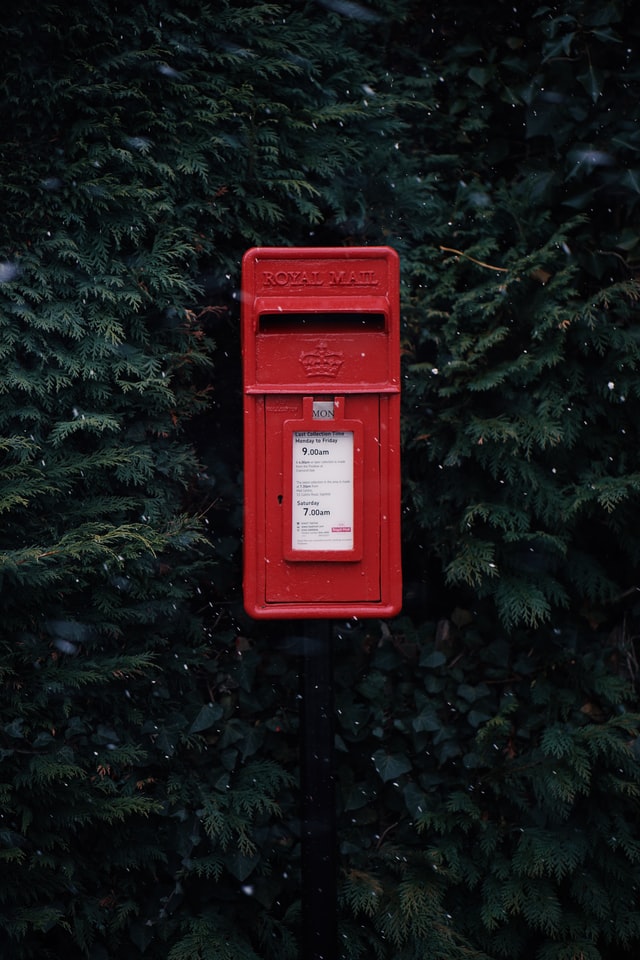
Here is the twist. Yes, our collective middle-school teachers had a point. There is intrinsic value in creating something of quality that one’s peers notice and value. And the antithesis of the saying is on full display with Thames Town. However, I cannot discredit the end product. Everyday hundreds of Shanghainese couples visit Thames Town to have their pictures taken next to the congregation-less Church, or to smile next to the Queen’s Guards or statues of famous historical British icons like Harry Potter (pictured on the right).
In the end, Thames Town succeeded in its goal of attracting domestic tourism and is a beloved weekend hot-spot for Shanghai natives, despite its tackiness and poor execution. So, in spite of its flaws, Thames Town is a statement to understanding your audience.
It is a reminder to me that even low-quality products, with proper execution and consumer awareness, can flourish. And that even if something is superficially unappealing, it is important to empathize with those that enjoy it in order to better understand one’s audience.
I believe this can apply to leaders as well. It is highly probable that your budgets will be cut, that you will be faced with less funds available to invest in talent than you would like. Still, there is much you can do on a low budget that will create joy, a positive vibe and reinforce the right behaviors. How about hand-written “thank you” cards? Pizza deliveries on Friday? Or virtual coffee session?
Even when the tools you have are limited make the best out of it. Even when you admire the people around you, get inspire. But don’t copy. Borrow, adjust and own it! All Facades begin to crumble eventually and that’s okay. All that matters is that there is something behind that facade. Despite its garish appearance; shoddy craftsmanship; and absence of authentic British brands, I always enjoyed hanging out around Thames Town with my friends on the weekend. Grabbing an ice-cream from Baskin-Robbins. Or practicing my Chinese with the lovely elderly woman behind the counter at Familymart. So, my final piece of leadership advice is to see beyond the superficial. You might find a diamond hidden within the coal.